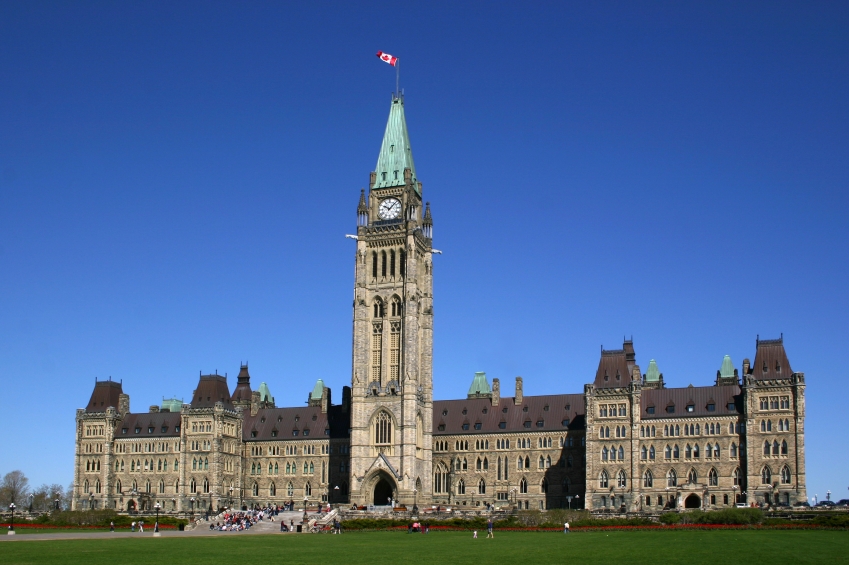


OTTAWA, ON, Nov. 4, 2024 /CNW/ – After years of steady progress, Canada’s climate plan is working to deliver greenhouse gas pollution reductions for Canadians. Across the economy, Canadian workers and businesses are innovating to reduce greenhouse gas pollution while creating good jobs and cleaner air.
Canadians and their communities bear the brunt and pay the costs from increased extreme weather events due to climate change—costs that are reflected in the price of groceries, insurance, and local taxes. They understand that all sectors must do their fair share to decrease pollution and address climate change. The oil and gas sector is Canada’s largest source of greenhouse gas pollution, and emissions from part of the sector continue to grow. As an important part of the Canadian economy supporting 400,000 jobs, the oil and gas sector is well positioned to reinvest record profits into projects that drive cleaner production that will help create and sustain good jobs for generations.
Today, the Government of Canada introduced draft regulations to put a clear limit on greenhouse gas pollution from oil and gas production. The proposed regulations work by setting a cap on greenhouse gas pollution within the sector, equivalent to 35 percent below 2019 levels. They would create a cap-and-trade system designed to recognize better-performing companies and incentivize those that are higher polluting to invest in making their production processes cleaner.
The proposed regulations put a limit on pollution, not production, and have been informed by extensive engagement with industry, Indigenous groups, provinces and territories, and other stakeholders. The proposed regulations are carefully designed around what is technically achievable within the sector, while allowing continued production growth. Many oil and gas producers share our commitment to a strong, low-carbon economy, and some have already committed to significant methane emissions reductions and the implementation of carbon capture technology to reduce greenhouse gases.
Canada is the world’s fourth-largest producer of oil and the fifth-largest producer of gas. As demand for oil and gas peaks in the coming decade and begins to decline, the fuels extracted with the least amount of pollution will be in highest demand. The oil and gas greenhouse gas pollution cap will help the sector remain competitive as the global economy continues to decarbonize and allow Canada to quickly and effectively respond to shifting global demand.
The oil and gas greenhouse gas pollution cap is part of a suite of measures to cut pollution, including significant financial supports for carbon capture and storage and other clean technologies that also support workers, namely through the federal Canada Growth Fund and new investment tax credits.
The climate decisions we make today will help contribute directly to a cleaner, safer environment and good jobs for future generations. The oil and gas greenhouse gas pollution cap will stimulate the investment needed to innovate and build a thriving economy that works for everyone. Canada has a historic opportunity to act to combat the climate crisis and create a strong 21st century economy where we continue to be an energy supplier for the world.
The Government will continue to consult to inform the final regulations, which will be published in 2025.
Quotes
“Every sector of the economy in Canada should be doing its fair share when it comes to limiting our country’s greenhouse gas pollution, and that includes the oil and gas sector. We are asking oil and gas companies who have made record profits in recent years to reinvest some of that money into technology that will reduce pollution in the oil and gas sector and create jobs for Canadian workers and businesses. The science is clear—greenhouse gas pollution must be reduced significantly and urgently to avoid the most severe impacts of climate change.”
– The Honourable Steven Guilbeault, Minister of Environment and Climate Change
“A cap on pollution from the oil and gas sector is a critical part of our thoughtful plan to fight climate change and build a strong economy. As the world moves toward a low-carbon future, the cap will ensure the long-term economic competitiveness of a sector that employs hundreds of thousands of Canadians and drives significant wealth by ensuring Canada will supply products that offer a low-carbon footprint. Countries around the world are moving actively, including Canada’s democratic allies and other major countries, including China. We can choose to stick our heads in the sand and get left behind, or we can choose to act. Today, we are acting.”
– The Honourable Jonathan Wilkinson, Minister of Energy and Natural Resources
“Canada’s oil and gas sector is a world leader in clean energy. As the world moves toward lower greenhouse gases, today’s cap on emissions—not production—is ensuring our economic engine remains competitive, innovative, and in a strong position to supply the world’s growing energy needs. This is how our government is cutting emissions, creating good paying jobs and supporting our energy workers in Alberta and across the country.”
– The Honourable Randy Boissonnault, Minister of Employment, Workforce Development and Official Languages
“Newfoundlanders and Labradorians are proud of our energy sector and our workers, and we agree that we need to cut pollution to stay competitive in the global economy. The offshore industry in Newfoundland and Labrador has found innovative ways of producing the energy the world needs while creating less pollution. That is a win-win.”
– The Honourable Gudie Hutchings, Minister of Rural Economic Development and Minister responsible for the Atlantic Canada Opportunities Agency
Quick facts
Related products
Associated links
Environment and Climate Change Canada’s X page
Environment and Natural Resources in Canada’s Facebook page
SOURCE Environment and Climate Change Canada
![]() View original content: http://www.newswire.ca/en/releases/archive/November2024/04/c5072.html
View original content: http://www.newswire.ca/en/releases/archive/November2024/04/c5072.html